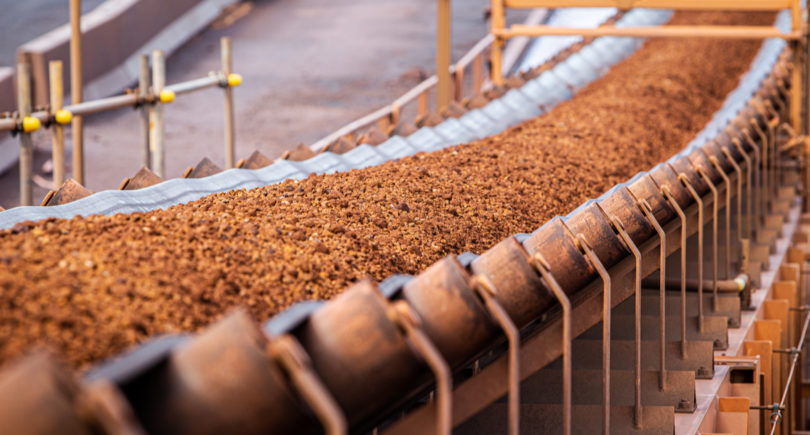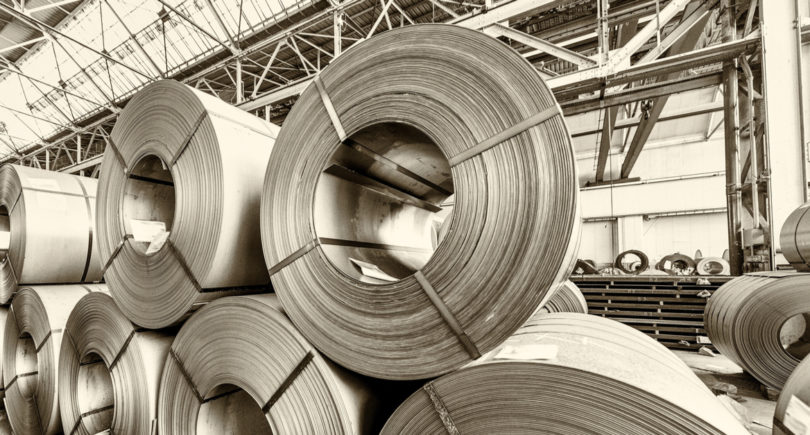
News Global Market Russia 2458 02 March 2023
The decline in export sales was less than the markets had expected
Amid sanctions after the full-scale invasion of Ukraine, the production of steel products, domestic demand and export sales of the Russian Federation fell in 2022. However, this reduction was less than the markets expected. Fastmarkets informs about it.
The volume of Russian steel exports remained significant despite sanctions restrictions, mainly due to demand among countries that did not introduce them and the absence of a ban on the import of Russian semi-finished products to the EU.
Russian exporters have lost part of their traditional markets. At the same time, prices for steel products from the Russian Federation were lower than from other countries, which made them more attractive to buyers.
According to the Russian Ministry of Industry and Trade, the sanctions affected the export of 3.9 million tons of finished steel products, 700,000 tons of semi-finished products, and 200,000 tons of pipes. Currently, the Russian Federation does not disclose export data, so Fastmarkets collected estimates from market participants, as well as available statistical data from some countries.
According to the International Steel Statistics Bureau (ISSB), the export of hot-rolled coil (HRC), traditionally the most frequently exported rolled product from Russia, was about 3.5 million tons in 2022, compared to 6.5 million tons in 2021. Exports of hot-rolled coils to Turkiye, the largest importer of Russian flat products, fell to 1.2 million tons last year compared to 1.9 million tons in 2021, according to the Turkish Statistical Institute (TUIK).
At the same time, according to one of the traders based in Turkiye, Asian HRC has become available in the country, and it is difficult for Russians to compete with it. In addition, buyers expected prices from sanctioned Russian exporters to be even lower than those offered by producers from Asia.
According to market sources, the export of slabs, which is key for the Russian Federation, increased by 1 million tons in 2022 compared to the previous year – up to about 10 million tons. According to TUIK, last year Turkiye imported 3.4 million tons of Russian semi-finished products, about 2 million tons of the total volume were slabs. Import of slabs to China for 10 months of 2022 amounted to slightly more than 2 million tons (ISSB). In the same period of 2021, this volume amounted to only 136 thousand tons.
The reasons contributing to the sale of Russian slabs in 2022 were the absence of Ukraine on the export market and direct sanctions on these products, as well as the unfavorable exchange rate for the ruble.
According to ISSB statistics, in 10 months of 2022, Russian suppliers shipped 3.03 million tons of slabs to the EU. At the same time, in October 2022, the European Union introduced the eighth package of sanctions against the Russian Federation, which included a ban on the import of Russian steel semi-finished products and provides for a transition period.
As GMK Center reported earlier, the eighth package of sanctions introduced by the EU expanded previously introduced restrictions, in particular, extended the ban not only to the import of Russian steel products, but also to steel products from third countries, if they were made from Russian steel. The import of square billets is prohibited from April 1, 2024, and the import of slabs is prohibited from October 1, 2024. At the same time, quotas are introduced for the import of square billets and slabs from the Russian Federation.




